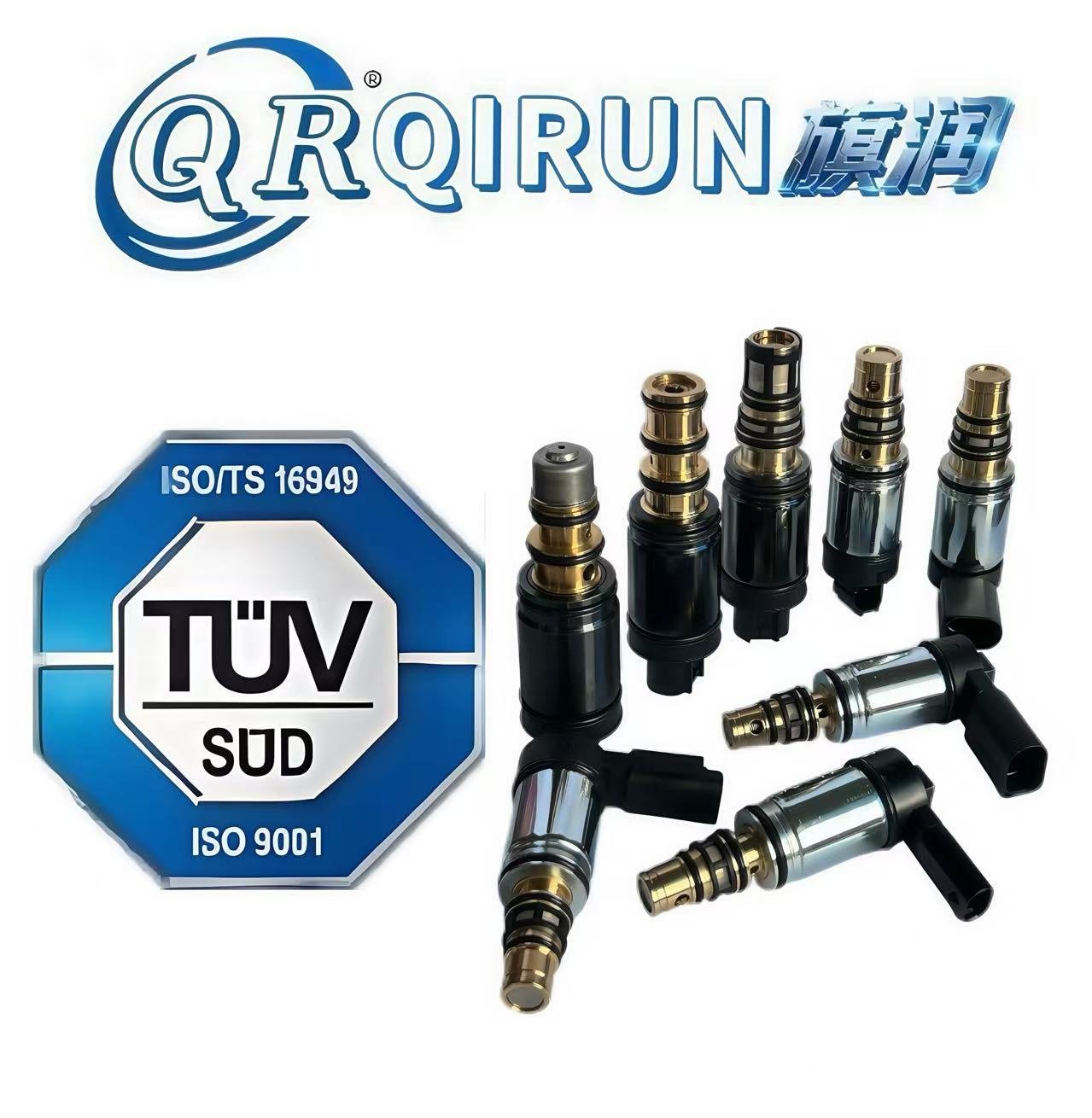Get Free Consultation!
We are ready to answer right now! Sign up for a free consultation.
I consent to the processing of personal data and agree with the user agreement and privacy policy

25+ Years of Specialized Expertise in Automotive Control Valves
Identifying a failing control valve early can prevent costly system damage and maintain optimal performance. With over 25 years of manufacturing experience, Qirun Auto provides this comprehensive guide to help you recognize the signs of a bad control valve in automotive and hydraulic systems.
The most obvious sign of valve failure is when it becomes stuck in one position and refuses to shift. This can completely halt system operation or cause it to remain in a single mode regardless of controls.
If your system experiences sudden surges or drops in pressure without explanation, it often indicates a control valve that’s failing to regulate flow properly. This inconsistency can manifest as jerky movements in hydraulic actuators or fluctuating temperatures in AC systems.
A failing valve may cause uneven fluid flow, resulting in inconsistent operation of connected components. In automotive AC systems, this often translates to blowing warm and cold air intermittently.
Leaking hydraulic fluid around the valve housing or fittings is a clear indicator of seal failure or casing damage. In AC systems, this would manifest as refrigerant leaks around the valve assembly.
Hissing, whistling, or chattering sounds often indicate turbulent flow through a partially obstructed or malfunctioning valve. These noises suggest the valve isn’t modulating flow correctly.
A failing valve often causes systems to work harder to achieve the same output, resulting in noticeably higher energy consumption or reduced fuel efficiency in vehicles.
While the above symptoms apply to control valves generally, automotive AC systems exhibit some specific warning signs:
While some symptoms are obvious, proper diagnosis often requires professional techniques:
Checking for obvious signs of damage, corrosion, or leaks around the valve and connected components
Measuring system pressure to identify imbalances that indicate valve malfunction
Quantifying fluid flow to detect restrictions or irregularities caused by valve issues
For electronically controlled valves, checking solenoid function and electrical connections
Not all valve issues require complete replacement. Here’s when to consider each option:
| Symptom | Possible Repair | Likely Need Replacement |
|---|---|---|
| Minor external leaks | Seal or gasket replacement | No |
| Valve stuck in one position | Possible if due to minor contamination | Usually |
| Internal corrosion | Rarely repairable | Yes |
| Electrical solenoid failure | Solenoid replacement possible | Not always |
| Housing cracks or major damage | Rarely practical | Yes |
With over 25 years of manufacturing excellence, Qirun Auto stands as your trusted partner for premium automotive control valves. Our products meet strict international quality standards and come with comprehensive 30-day warranty protection.
Need reliable replacement control valves or technical advice? Our expert team provides comprehensive support and customized solutions for wholesale buyers and distributors worldwide.
Qirun Auto Parts Co., Ltd.
Address: Xianan’er Shangyuan South Industrial Zone, Guicheng Street, Nanhai District, Foshan City, China
Phone: +86-13690143493
Email: a13690143493@gmail.com
Website: www.qirunauto.com | www.qrcontrolvalve.com
Experience the Qirun difference – where quality meets innovation in every automotive control valve we produce.